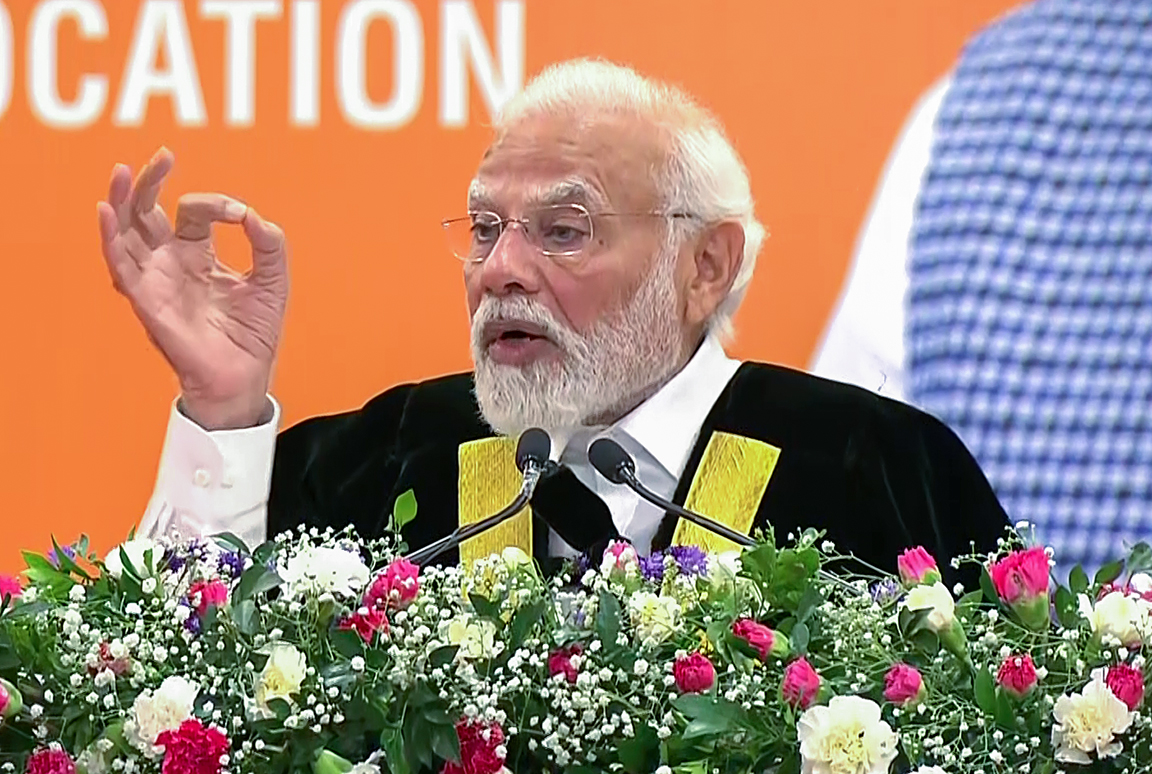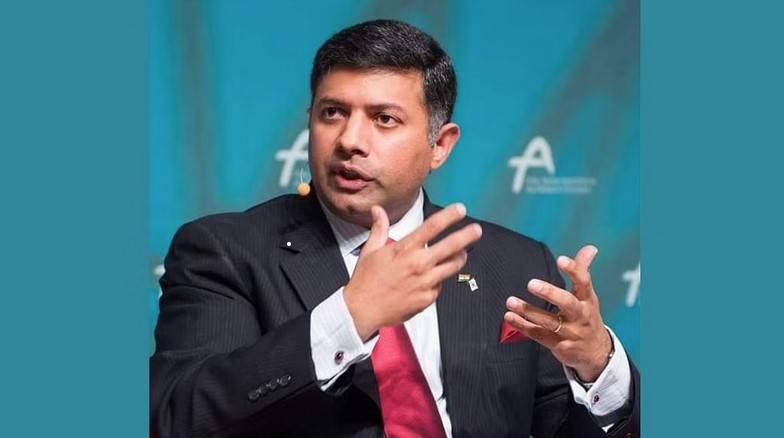While the number of fintechs scaled up between 2014 and 2021, funding was low till 2015 after which the sector received a rapid funding boost…reports Asian Lite News
Indian fintech market has received $29 billion in funding across 2,084 deals to date (January 2017-July 2022), gaining 14 per cent share of the global funding and No 2 spot on the deal volume, a new report has said.
India’s CAGR in the fintech sector grew by 20 per cent, which was higher than that of the US, the UK, and China which witnessed a growth of 16 per cent, 15 per cent, and 10 per cent, respectively, according to ‘State of the Fintech Union 2022’ report by the Boston Consulting Group (BCG) and Matrix Partners India.
With 7,460 fintech companies, India is now third behind the US (22,290 fintech companies) and China (8,870).
The India fintech ecosystem has 23 unicorns (out of 106 in total) and has reached a scale to establish a strong position in the global financial services market and be benchmarked for its speed of innovation, customer inclusion, and growth, the report noted.
“Clocking over $800 billion annual payments transaction value, fintechs have made a strong contribution to the Indian economy, and play a powerful role in the provision of full-fledged financial services to all Indians. We see this collective segment to be mission critical for the $5 trillion Indian economy,” it mentioned.
Many large fintechs had started operations from 2008, with Neobanks being the recent entrants.
While the number of fintechs scaled up between 2014 and 2021, funding was low till 2015 after which the sector received a rapid funding boost.
Covid further boosted payments space, leading to a 210 per cent spike in funding between CY 2020 and 2021.
“With rising funding and valuations, we have seen an acceleration in the rate at which Fintechs have become unicorns vs the past,” the report said.
The report said that “we have a game changing 5 years ahead of us as the financial services landscape is expected to have many strong actors on the stage, like large Incumbents, niche as well as diversified non-banks, new-age and mature fintechs, aggregators and Financial Service Providers”.
It, however, mentioned that “more than 70 per cent of respondents believe most Fintechs may not be profitable in the next 2-3 years. While scale is an important driver of profitability, early stage focus on ‘unit economics’ is a critical orientation needed”.
The volume of digital investment in the country grew from 4.5 million in 2021 to 9 million in 2022, reporting a growth of 100 per cent.
The neo banking volume, at the same time, went up from 2.5 million to 4 million, reporting a 60 per cent growth in just one year, the report noted.
Bullish about the digital power and accessibility of the internet in India to transact and its deep penetration into the society, Scott Rigby, chief technology advisor and principle product manager for enterprise solutions at JAPAC, during a recent visit to India stated: “India is very lucky. You’ve got a deep pool of technical talent to be able to execute on that and be able to realise that.”
Currently, India is also eyeing upon the expansion of 5G network to capitalise its advantages, which would further expand digital foot print.
The penetration of digital footprint has expanded to all the sectors of the Indian economy which is attributed mainly to the factors of affordability, i.e. availability of cheap data as well as local talent along with federal government’s push, and it is catching up. The momentum of digital revolution could be gauged from increase in the smart phone users base, multiplying 5 times during the period 2014-2019. Global telecom gear makers expect India to account about 15% of the worldwide market for the 5G network. It would cover over 50 per cent of the geographical area of the country in the next two years. The development would usher India in a big way into a digital economy.
Analysts point out at the difference between ‘access’ and ‘usage’ of technology, especially in digital infrastructure and India had already mastered both of them. The issue facing the developed world is ‘usage’, i.e., consumer privacy, security, data protection, productivity. The developing world needs ‘access’, i.e. digital availability, affordability and usage of infrastructure. India’s path in digitalisation showed a universal approach that is necessary to reconcile these factors and became a successful leader in its programmes.
ALSO READ-Adani targets majority stake in NDTV














